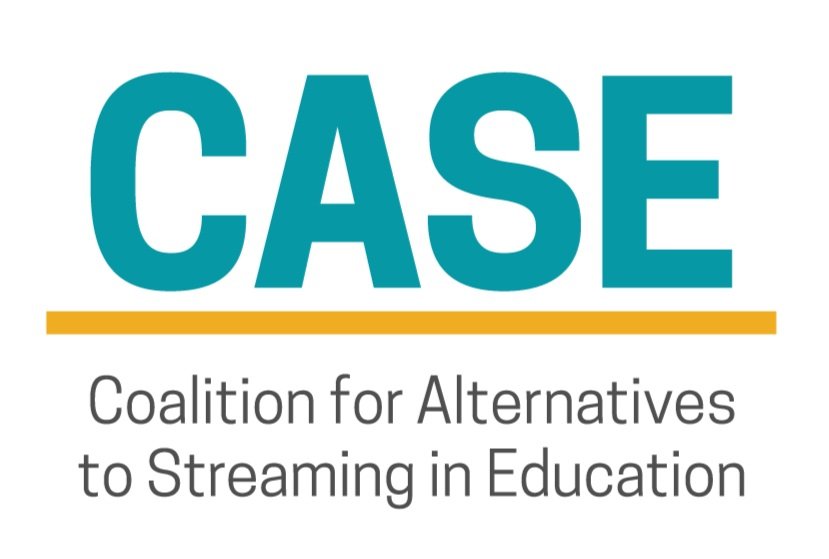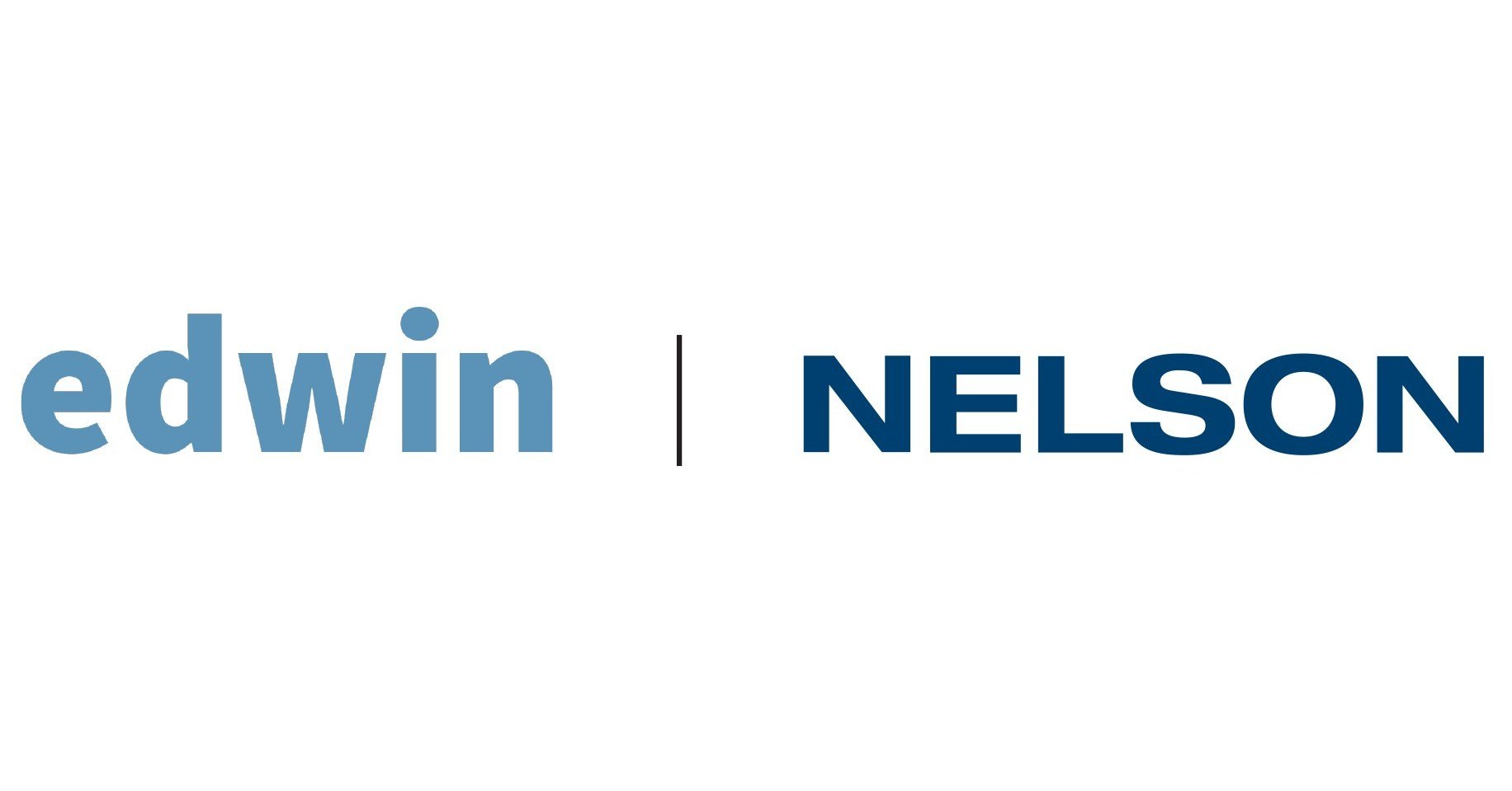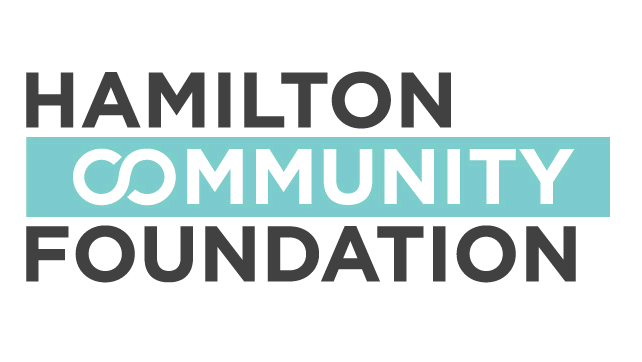
Who We Are
Our coalition is a diverse group of organizations, community groups, parents, students, educators and individuals who share the common goal of effectively ending the practice of academic streaming in Ontario schools. Over the past seven years, we have worked with communities, parents and students to conduct research, support advocacy and raise awareness about the structural inequities of academic streaming.
What is academic streaming?
Streaming is the practice of separating students into distinct and unequal educational pathways based on perceived ability, leading to academic and non-academic courses beginning in Grade 9 in Ontario. A disproportionate number of students from low-income families, Black students, racialized students, Indigenous students and students with special education needs are enrolled in ‘applied’ courses and are significantly underrepresented among students who graduate and go on to pursue postsecondary education. For more information, see our research page.

Our Goals
Vision
All students have full access to programs of study aligned with their interests and career aspirations.
All barriers limiting access to greater academic life choices are removed for students currently in non-academic streams and that effective alternatives to streaming are implemented.
Mission
To conduct educational research on streaming, its impacts and successful alternatives.
To raise awareness and engage in community education to help students and parents make informed decisions about educational pathways.
To develop and advance advice for the Ministry of Education and Ontario school boards to successfully end streaming.
Our Partners
Our Supporters
Community Engagement
Raise public awareness and build support for alternatives to the inequitable and ineffective practice of streaming.
Engage in community education and engagement to help students and parents make informed decisions about educational pathways.
Research
Conduct and mobilize research on streaming, its impacts and successful alternatives.
Identify discrepancies between policy and practice with respect to streaming.
Advocacy
Develop and advance proposals for the Ministry of Education and Ontario school boards to successfully end streaming.
Advocate for the right supports and training to successfully end streaming.
Our Story
Breaking Ground
Concerned parents and community members from the Black community convened conversations about why students who were streamed into applied and locally developed courses were not graduating from high school.
It became clear that there was a need for collective action and community mobilization around issues related to academic streaming in Ontario’s public education system.
Creation of SEEM
From these conversations, the Supportive Education Employment Movement (SEEM) was established. They focused on the creation of a community-centred action plan to address inequitable educational outcomes and career options due to streaming. This plan was mobilized by the Black community as a network for support and implementation.
SEEM hosted their first community convening as an organized group to discuss racism, discrimination and gaps in parents’ knowledge related to academic streaming. They began planning advocacy and awareness campaigns, as well as opportunities to conduct original research to better understand the perception of streaming from parents, educators and students.

Community-Based Research
SEEM received a grant from the Ontario Trillium Fund through Social Planning Toronto to conduct a youth-led, community-based research project to explore the experiences of parents and students with course selection in high school. To complete the project, SEEM hired and trained six peer researchers who conducted 52 interviews in the Weston-Mount Dennis region in Toronto.
Education Forum
SEEM presented the preliminary findings from their original research, indicating the vastly different outcomes for students streamed into academic, applied or locally developed courses in high school.
In a strategy session, a core group of organizers transitioned SEEM into the Coalition for Alternatives to Streaming in Education (CASE).
Released First Report
CASE launched the full findings from their research in their inaugural report, Still Streamed. The report concluded that the process of streaming was complex, inaccessible and lacked adequate support for parents and students. It outlined clear barriers and inequities within the streaming process that led to an over-representation of children of colour and low-income students in the applied and locally developed streams.
Still Streamed received coverage in the Toronto Star and CBC
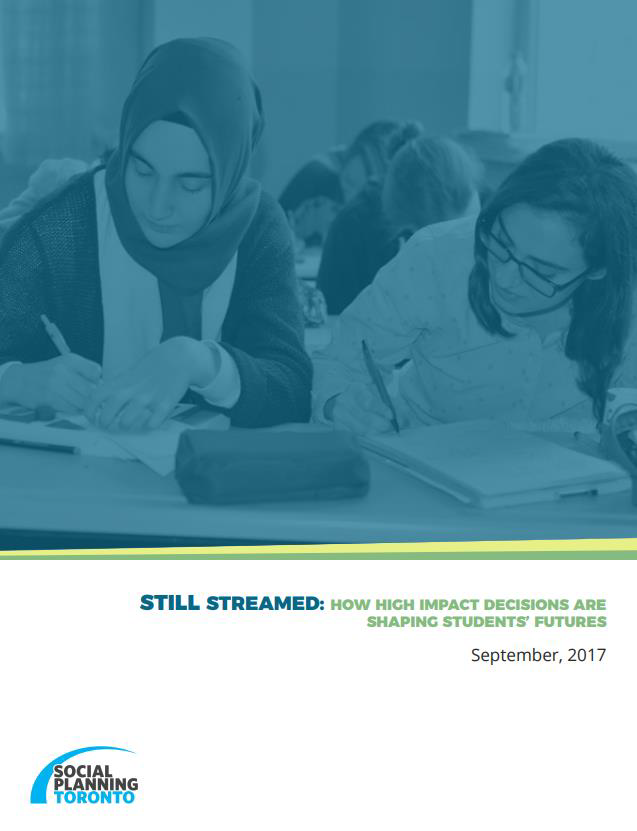
Knowledge Mobilization
CASE began mobilizing youth, parents and service providers to develop and implement policy-advocacy strategies to fight for more equitable education outcomes for youth, activating the learnings from the Still Streamed report with the support of the Laidlaw Foundation.
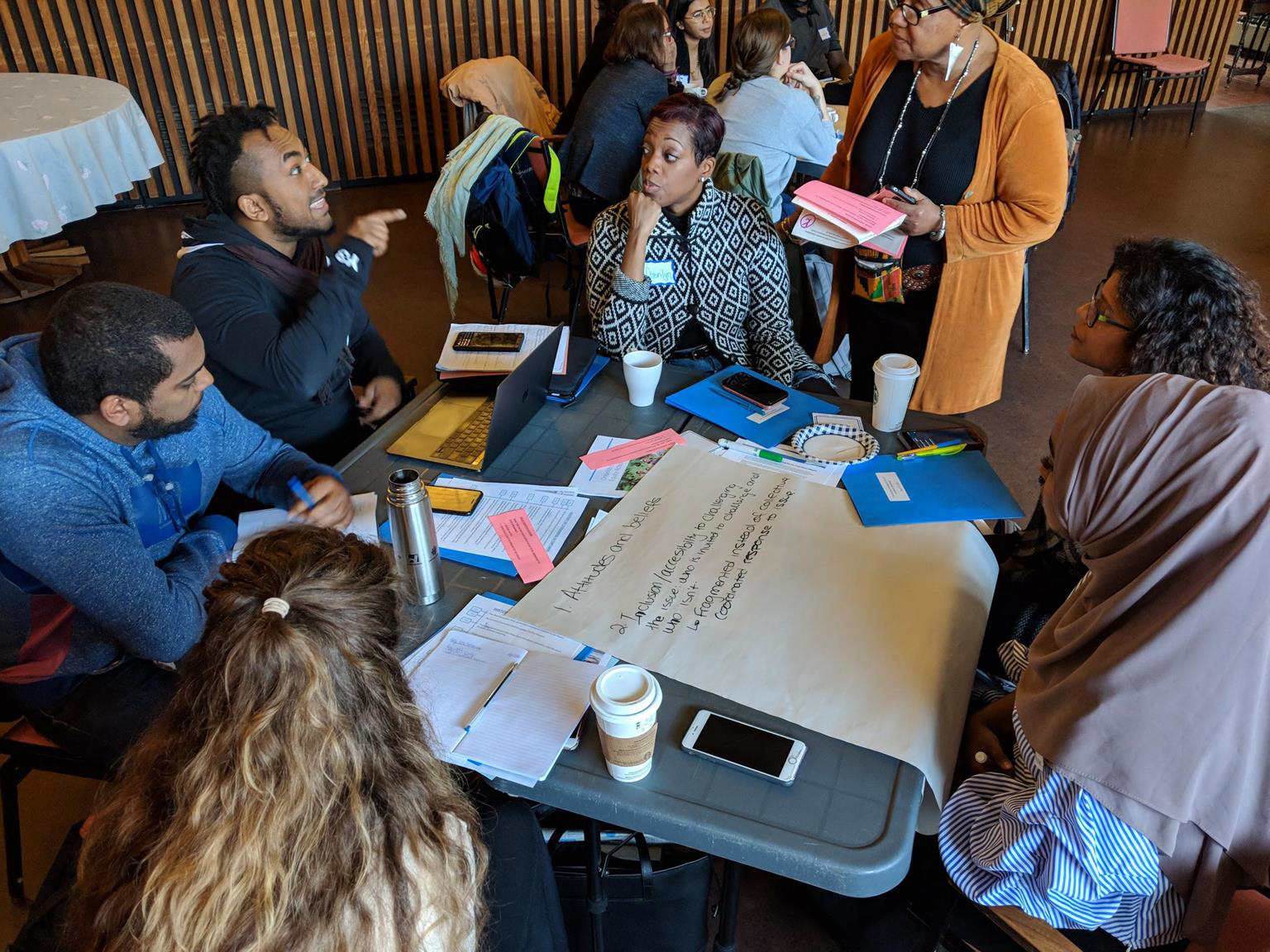
Public Education
CASE focused on public education and awareness of the challenges with streaming. They produced three informative videos following the stories of students and parents impacted by streaming in education. They premiered at their event “Streaming Disrupted” with a panel of educators, students and community members.
2020 - Ryerson Leadership Lab takes Stewardship of the CASE
The Ryerson Leadership Lab took stewardship of CASE from Social Planning Toronto.
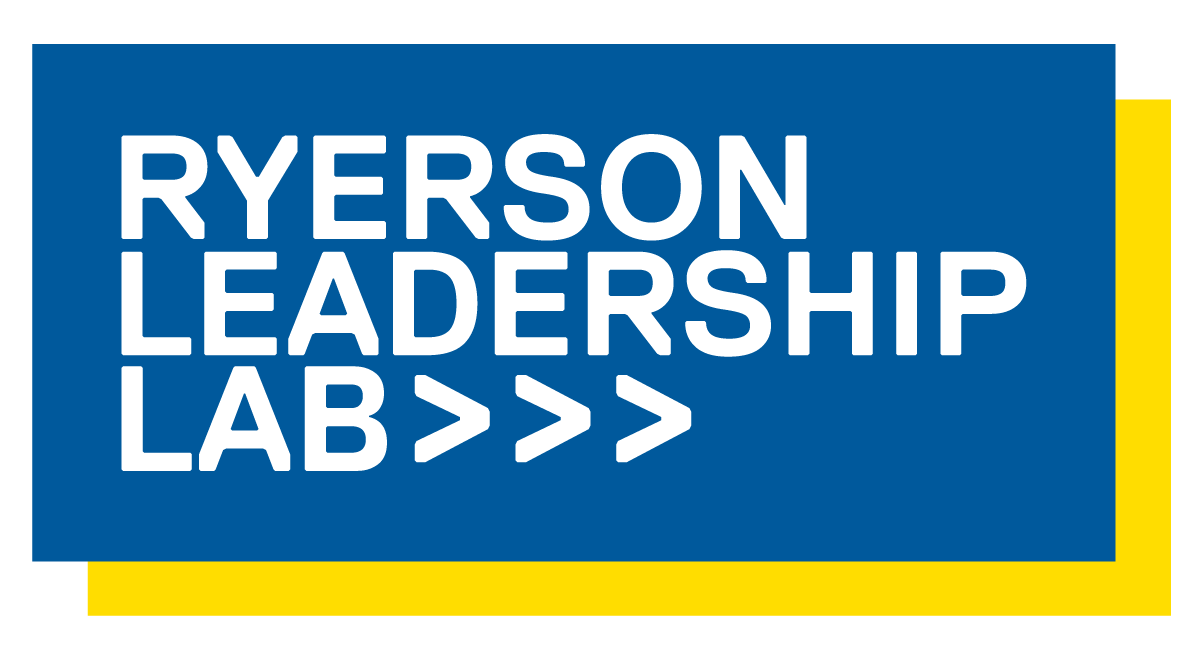
Province Announces Intention to End Grade 9 Streaming
Ontario’s Minister of Education announced in July 2020 that the government would begin the process of ending Grade 9 streaming, starting with math in September 2021, to “better support all students in having every opportunity to pursue the pathway of their choice after their K-12 education.”
